Benefits of The Child Pose (Balasna)
- Relieves Tension: Balasana helps release tension in the back, neck, and shoulders.
- Stretches the Hips: The pose stretches and opens the hips, promoting flexibility.
- Calming and Restorative: It is a restful pose that calms the mind and helps relieve stress and fatigue.
- Balances Energy: Child’s Pose is a great pose to come into when you need a moment to center and balance your energy during a practice.
Beginner Tips:
- Use Props: Place a cushion or yoga block under your forehead or hips for added support and comfort.
- Adjust Knee Width: If your hips don’t comfortably reach your heels, you can widen your knees further apart.
- Modify Arm Position: If extending your arms forward is uncomfortable, rest your hands by your sides with palms facing up.
- If you have knee issues, place a blanket or cushion between your hips and heels for added support.
- Pregnant individuals may benefit from widening their knees further apart to accommodate the belly.
- Child’s Pose can be used as a resting pose between more active sequences or as a pose to return to for relaxation during practice.
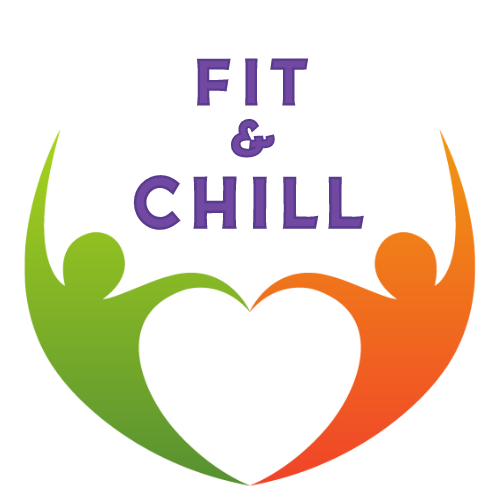

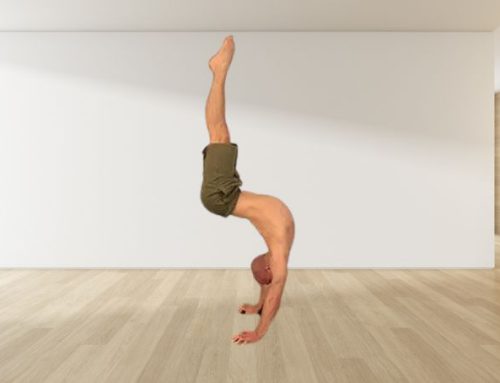
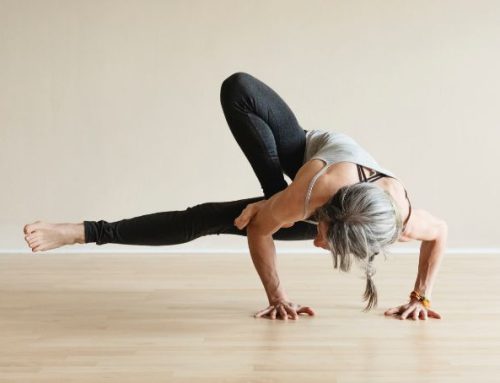
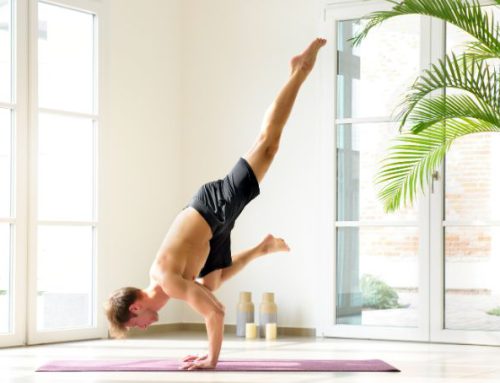
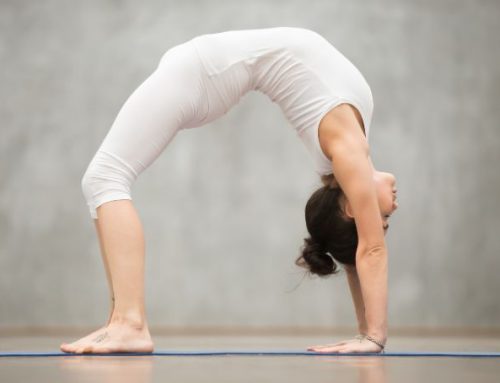
Leave A Comment